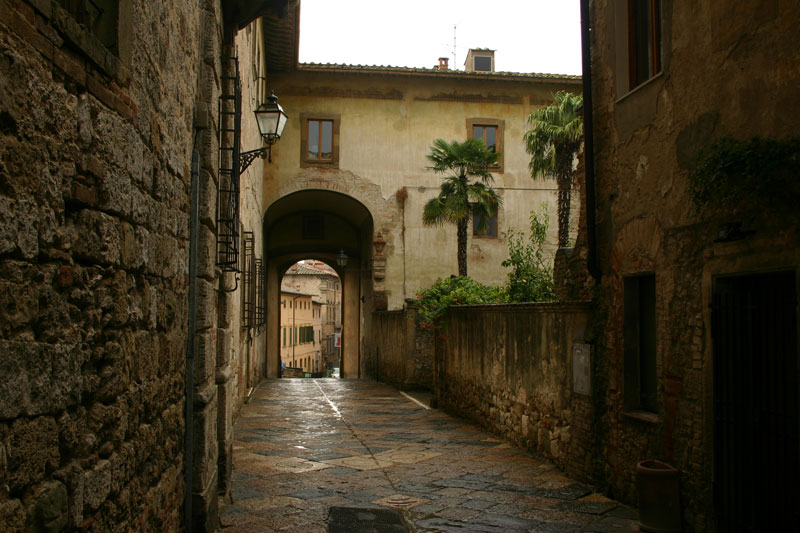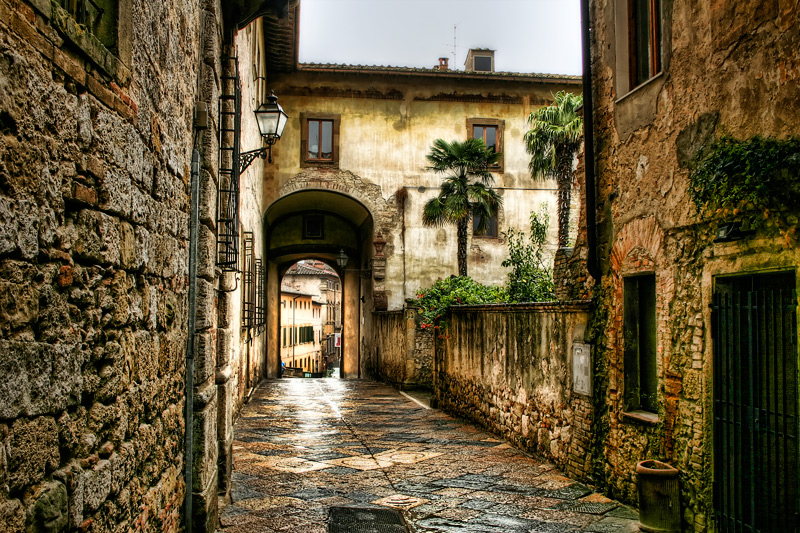
Less than 10 kilometers from the busy Goan beaches full of western tourists are some less developed areas (which I'm sure won't stay like that for a long time). Driving up towards the North border of the state we passed through few villages which still seem to depend on agriculture and fishing more than on tourism which drives the rest of the state. At the bank of a river which flows into the Arabian sea we stopped to take pictures of what i thought was a fleet of fishing boats. As we approached, we realized that these men were not unloading fish from their boats but sand. The boats would go out to the middle of the river, the sand was scooped up from the bottom and loaded on the boat and then unloaded onto the piles right there on the bank but all of this was done by hand and in the small wooden boats.

There was a complete temporary village built on the bank and women prepared food and children played in the sand as men hauled their heavy loads from the boats to the piles waiting to be cleared by trucks. These families lived and worked there on the edge of the river, slept in makeshift shacks made out of random material and ate fish they caught in the river. Someone said to me once that i shouldn't feel bad for any Indian who is doing something, no matter how hard the work, because they at least have a job. The conditions in which these people worked and lived were not much better than those of homeless people on the streets of Calcutta or Bombay.

The thing that gets to me the most about scenes like this, and I witnessed quite a few similar ones, is that the work being done in these brutal conditions is being done for the government projects. The families that live under roofs of scrap metal and plastic work in the conditions which are illegal in most of the other countries which are part of the G20 - the group of richest countries on the planet which India is one of.


















































